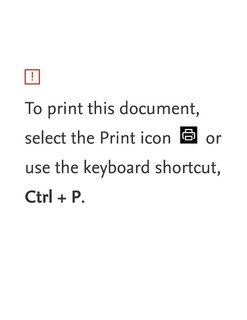| dc.contributor.author | Thorsen, Mats Jørgen | |
| dc.contributor.author | Challabotla, Niranjan Reddy | |
| dc.contributor.author | Sævik, Svein | |
| dc.contributor.author | Nydal, Ole Jørgen | |
| dc.date.accessioned | 2019-11-26T10:18:12Z | |
| dc.date.available | 2019-11-26T10:18:12Z | |
| dc.date.created | 2019-04-29T12:21:13Z | |
| dc.date.issued | 2019 | |
| dc.identifier.citation | Ocean Engineering. 2019, 174 1-13. | nb_NO |
| dc.identifier.issn | 0029-8018 | |
| dc.identifier.uri | http://hdl.handle.net/11250/2630462 | |
| dc.description.abstract | Ocean mining emerges as a way of meeting future demands for valuable minerals. Risers conveying ore from the seabed to the surface must withstand large wave and current loads. In addition, vortex-induced vibrations (VIV) are an important source of fatigue. However, the VIV of mining risers may be affected by particles flowing inside. In this paper, a novel framework for coupled analysis of risers with internal flow is utilized to study VIV of a mining riser. Focus is on the effect of time-varying internal slurry flows, and the associated density waves traveling along the riser. Simulated VIV response and fatigue damage are reported in detail, to illuminate the effect of the period/wavelength of the internal flow. It is found that the internal flow produces significant changes to the VIV fatigue damage, if the wavelength of the internal density wave is close to , where L is the riser length, and n is the dominating VIV mode. The results suggest that careful analysis is necessary when designing a mining riser where internal density waves are expected to occur with a wavelength near or above the critical value. In such cases, the numerical method presented here is a useful tool. | nb_NO |
| dc.language.iso | eng | nb_NO |
| dc.publisher | Elsevier | nb_NO |
| dc.rights | Attribution-NonCommercial-NoDerivatives 4.0 Internasjonal | * |
| dc.rights.uri | http://creativecommons.org/licenses/by-nc-nd/4.0/deed.no | * |
| dc.title | A numerical study on vortex-induced vibrations and the effect of slurry density variations on fatigue of ocean mining risers | nb_NO |
| dc.type | Journal article | nb_NO |
| dc.type | Peer reviewed | nb_NO |
| dc.description.version | publishedVersion | nb_NO |
| dc.source.pagenumber | 1-13 | nb_NO |
| dc.source.volume | 174 | nb_NO |
| dc.source.journal | Ocean Engineering | nb_NO |
| dc.identifier.doi | 10.1016/j.oceaneng.2019.01.041 | |
| dc.identifier.cristin | 1694526 | |
| dc.description.localcode | (C) 2019 The Authors. Published by Elsevier Ltd. This is an open access article under the CC BY-NC-ND license (http://creativecommons.org/licenses/BY-NC-ND/4.0/). | nb_NO |
| cristin.unitcode | 194,64,20,0 | |
| cristin.unitcode | 194,64,25,0 | |
| cristin.unitname | Institutt for marin teknikk | |
| cristin.unitname | Institutt for energi- og prosessteknikk | |
| cristin.ispublished | true | |
| cristin.fulltext | original | |
| cristin.qualitycode | 1 | |

